Respiratory Diseases
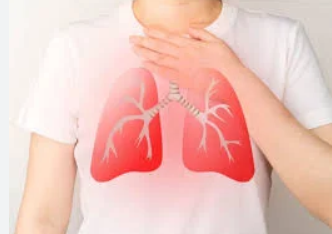
Respiratory Diseases are medical conditions that affect the lungs and airways, making it hard for the body to get enough oxygen or remove carbon dioxide properly. They can be acute

Respiratory Diseases are medical conditions that affect the lungs and airways, making it hard for the body to get enough oxygen or remove carbon dioxide properly. They can be acute
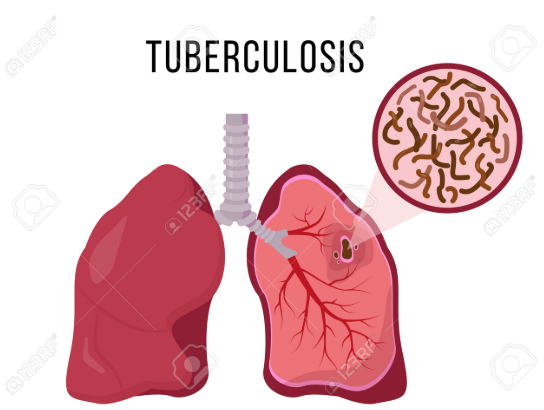
Tuberculosis (TB) is a contagious infectious disease caused by the bacterium Mycobacterium tuberculosis. It most commonly affects the lungs (pulmonary TB), but can also spread to other organs such as
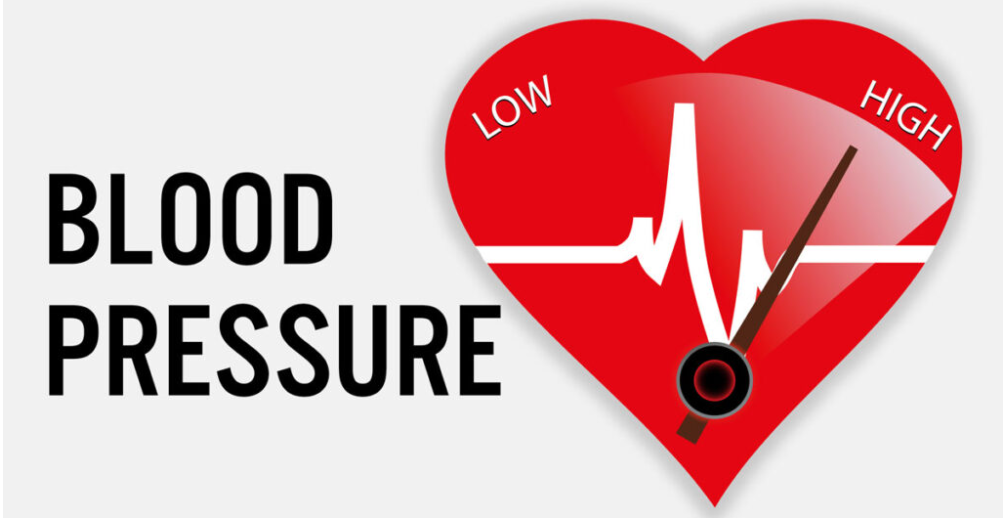
High blood pressure, also called Hypertension, is a chronic medical condition where the force of blood against the walls of the arteries is consistently too high. Over time, this can
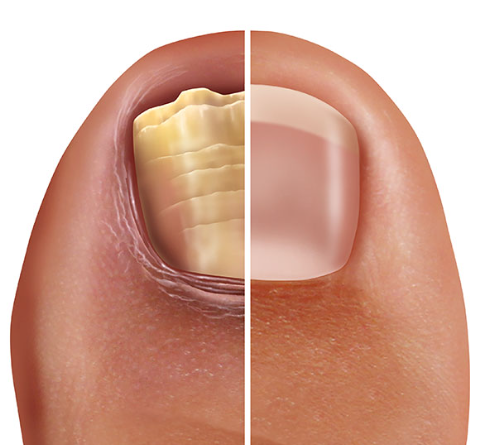
Onychomycose (Nail fungal infections), medically called onychomycosis, are infections of the fingernails or toenails caused by fungi (dermatophytes, yeasts, or molds). They make nails thick, brittle, discolored, and sometimes painful.

Hypomagnesemia is an electrolyte disturbance characterized by a low level of magnesium in the blood, typically defined as a serum magnesium concentration of less than 1.8 mg/dL (or 1.46 mg/dL
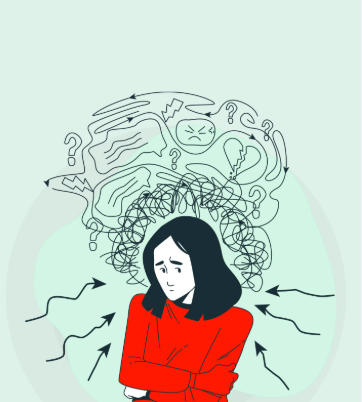
A panic attack is a sudden and intense episode of anxiety, often appearing unpredictably. It can feel very overwhelming, as if you’re losing control, fainting, or even having a heart
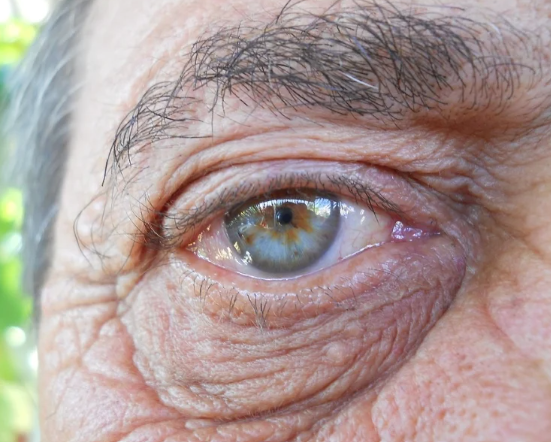
Macular Degeneration (Age-Related Macular Degeneration, AMD) is a chronic eye disease that affects the macula, the central part of the retina responsible for sharp, detailed vision. It causes progressive loss